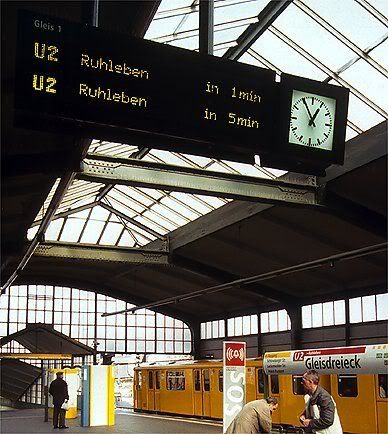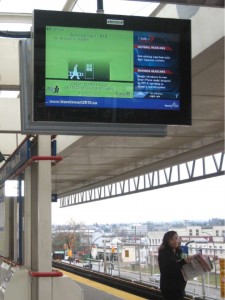Recently in class and in the tutorial section, we have talked about financial accounting and how a company’s financial report can be misleading. I immediately related the topic to my “beloved” NBA and the teams’ infamous profitability to avoid tax.
“Under generally accepted accounting principles, I can turn a $4 million profit into a $2 million loss and I could get every national accounting firm to agree with me.” – former Blue Jays VP Paul Beeston
First trick is the RDA, Roster Depreciation Allowance(see article). Introduced in 1959, the allowance argues that players are a depreciable asset once they are paid. Indeed, a 35-year-old player’s value might be decreasing over time, but there are young players who might develop multi-million values in a short span of time. This is their own personal earning power change, not the teams’. The trick is to list both player salary and RDA (loss on players’ contracts) as operating expenses. Well, if the team spent 50-million on players, the maximum loss would be 50 million, which is the worst case scenario that all of them got permanently injured and cannot play. However, under the RDA, the team can post another 50-million-dollar loss in this case, and the total loss suddenly become 100 millions, and that is significant.

So , when you see a sports’ team losing millions of dollar for more than 5 years, you might have to wonder why they can keep operating normally. Of course, it’s the “love for basketball”, the owner might say.





